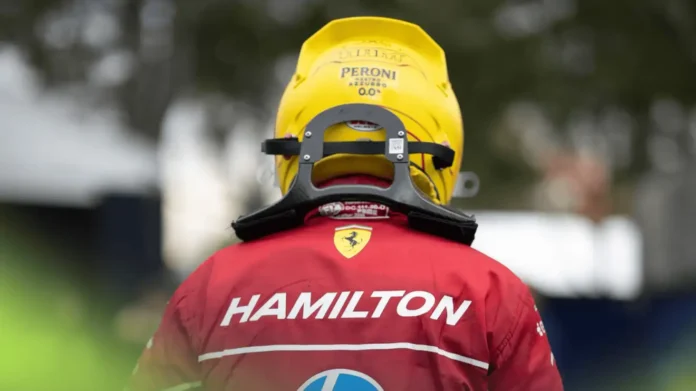Introduction to the New FIA Regulations
When it comes to Formula 1, teams are no strangers to the rigorous scrutiny of regulations. Recently, Alpine became the first team to acknowledge that their rear wing needed adjustments to conform with the FIA’s stricter new technical directives regarding rear wing flexibility ahead of the Chinese GP. This proactive approach reveals a keen understanding of the evolving landscape in F1 compliance.

Understanding the New Flexibility Tests
All rear wings were found compliant in Australia, but that doesn’t mean teams can rest on their laurels. The FIA has implemented a dramatic shift in its testing protocols, focusing on ensuring that the slot gap of rear wings ‘must not vary’ by more than 0.5 millimeters when a vertical load of 75 kilograms is applied. This is a significant tightening from the previous allowance of 2mm, and teams are scrambling to adapt quickly.
Alpine’s Strategic Response
Knowing that the slightest advantage can be pivotal, Alpine’s decision to address their rear wing flexibility head-on demonstrates strategic foresight. By complying with the new standards, they not only adhere to regulations but also position themselves competitively for the upcoming race. As F1 enthusiasts watch on, the real question remains: how many other teams will follow suit, and will the new testing methods affect the race outcomes?
As we gear up for the Chinese GP, keep an eye out for the adjustments made by various teams to meet these new requirements. Will Alpine’s proactive measures pay off, or will the grid dynamics be upset by this stringent focus on rear wing compliance? Only time will tell!



